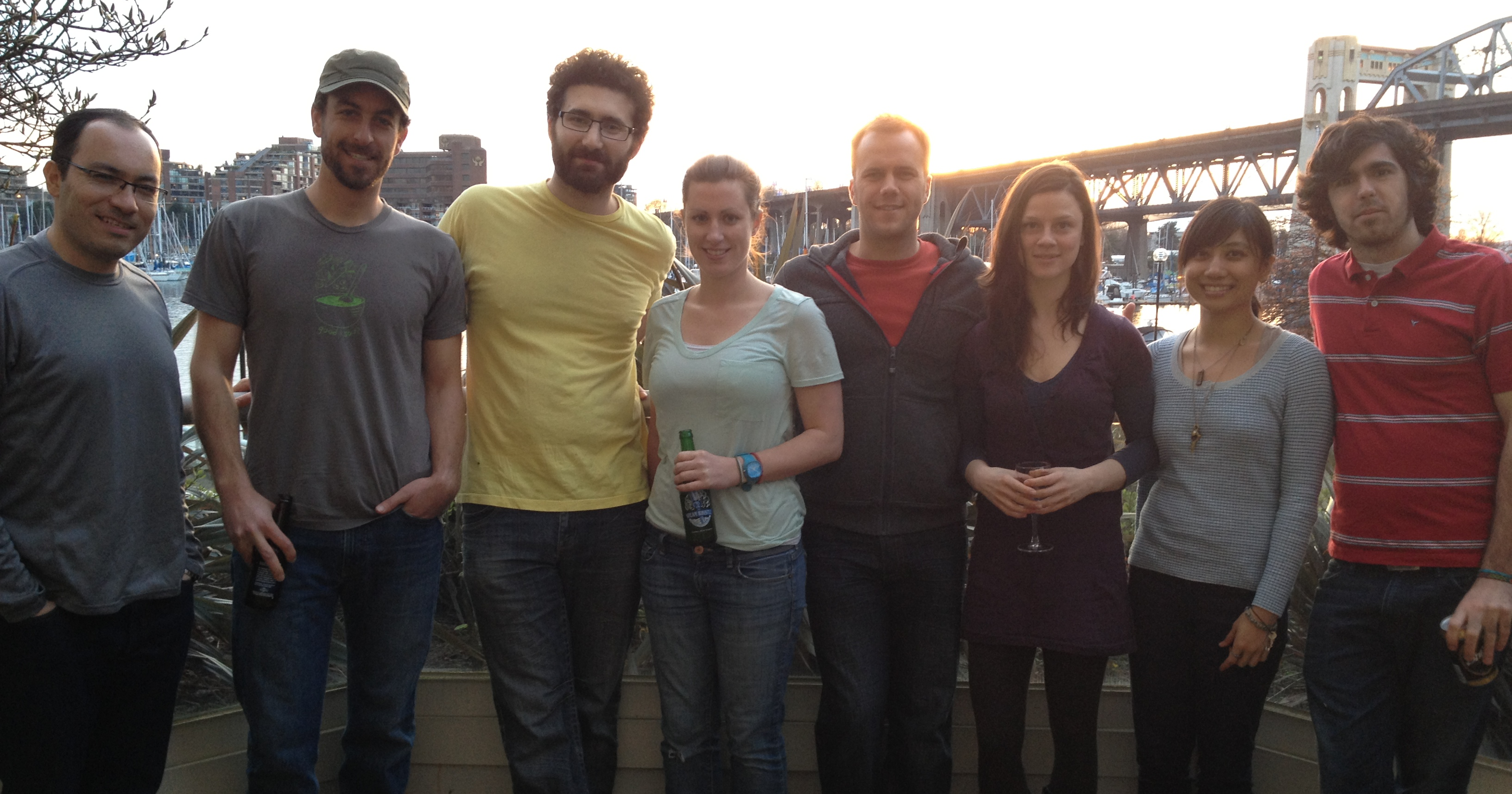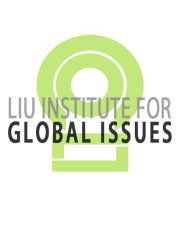This Challenge idea is for a social justice project that would benefit not only the target country (Serbia) but it could also be adapted for use as a model for other countries in the same situation.
In some countries including our own, adults and children with mental and physical disabilities have been segregated away from society in under-resourced and poorly-monitored institutions within which living conditions are often found to be abhorrent. “Inmates” have typically committed no crime but were not given the choice of where to live, and are denied opportunities to participate in the everyday activities of human life. They often suffer the physical and psychological ravages of gross neglect and exposure to increased risks of all forms of physical and sexual abuse. “Deinstitutionalization” is the movement of disabled persons out of institutions and into community living situations at standards more or less equal to that of the rest of society, and the subsequent closure of the institutions. The very fact of institutionalizing disabled children and adults is seen as discrimination in several countries, and the right to live in the community with choices equal to others is a fundamental right of all disabled persons, enshrined in international law including the UN Convention on the Rights of Persons with Disabilities. Some signatories to this Convention have deinstitutionalized, in part. But some signatories still maintain institutions housing tens of thousands of adults and children. Even when a country has recognized that institutions are not ideal, the process of change can take far too long, and can be stifled by systemic problems within governments.
Serbia is one signatory that still houses disabled people in institutions that have caught the attention of human rights groups and the media. Conditions inside the institutions can be seen in reports such as these:
here: http://www.disabilityrightsintl.org/wordpress/wp-content/uploads/Se…
and here: http://www.msnbc.msn.com/id/26332429/ns/dateline_nbc-international/…
Serbia is a signatory that has already committed to deinstitutionalization, but still lacks the infrastructure to do it quickly.
Of course, one cannot simply shut down an institution housing thousands of children and adults without having a better place for them to go. Prettying up an institution is not the answer – this still denies the right to live in the community with choices equal to others and can still leave a country in a situation of non-compliance with the Convention if choice to live in community is not respected. Creating a “better place” for them to go doesn’t only involve buying or building new homes in the community either. How do you ensure that the same conditions and abuses don’t occur all over again, in the new locations?
The “better place” must be a society with systems in place that somehow ensure that mistreatment doesn’t recur. Educating a different attitude is a key component. Part of the answer is that the country must pass new laws that set minimum standards for the treatment of disabled people and that create the network of services that make community living meaningful. Law is the tool through which rights are articulated. They must be laws that work. Sweeping statements about equal rights are excellent as general principles but how can that right actually be realized? In jurisdictions that have already deinstitutionalized, it has required a package of new laws and regulations: from housing standards and medical care standards to access to education, disability benefits and social welfare systems, revamped guardianship laws, and the creation of bodies that can enforce standards.
Several organizations are already involved very successfully in the work of deinstitutionalization and fulfilling many key functions: from human rights monitoring groups and media involved in investigation and exposing conditions inside institutions, to advocacy work to build support for the need to deinstitutionalization, to actually building and running new homes in the community for disabled persons, to educating society to instill new attitudes, training new caregivers, and writing instruction manuals on how to shut down an institution. But getting governments to create and legislate a package of new minimum standards is a key part that is often left to government ministries and lawyers. This is one place where bottlenecks can happen. The challenge is giving the ministries the tools to innovatively create a new framework of rights and systems that ensure that institutionalized disabled children and adults really do have a “better place” to go. The further challenge is getting governments to agree on a new system, and ensuring its passing through a legislature.
Serbia has already committed to deinstitutionalization but reports say they lack the infrastructure for a new system, including the legislative infrastructure. So, this challenge is to help remove this bottleneck and assist with creating an innovative new regulatory infrastructure necessary for meaningful social change.
A collaborative approach in which the new system is created and owned by all affected groups and ministries alike, will likely pass more easily through legislature than one merely written and imposed by outsiders.
A toolkit and set of UN Convention-compliant model laws could also be created for cultural adaptation and use in other countries facing the same challenges. When based on careful examination of what has and has not worked in countries that have already undergone the same process, and intended to be adapted to suit different cultures, tookits and model laws can be infinitely useful. Fitting new rights and standards into the body of laws that already exists in a country is challenging. Since countries already have systems of laws and decision-makers in place, the way new rights and standards are fitted into the pre-existing framework will be different for each country. But toolkits and model laws can greatly accelerate a social justice change process by enabling local counterparts to not have to reinvent the entire wheel.



